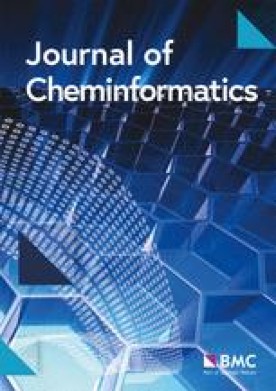Context-dependent similarity searching for small molecular fragments
Abstract
Similarity searching is a mainstay in cheminformatics that is generally used to identify compounds with desired properties. For small molecular fragments, similarity calculations based on standard descriptors often have limited utility for establishing meaningful similarity relationships due to feature sparseness. As an alternative, we have adapted the concept of context-depending word pair similarity from natural language processing to evaluate similarity relationships between substituents (R-groups) taking latent characteristics into account. Context-dependent similarity assessment is based on vector embeddings as fragment representations generated using neural networks. With active analogue series as a model system to establish a global structure–activity context, we demonstrate that this approach is applicable to systematic similarity searching for substituents and increases the performance of standard descriptor representations. Context-dependent similarity searching is capable of detecting remote and functionally relevant similarity relationships between substituents. Alternative search queries are introduced focusing on individual substituents within a global substituent context or individual sequences of substituents establishing a local context. For similarity searching, different structural or structure–property contexts can be established, providing opportunities for various applications.

 求助内容:
求助内容: 应助结果提醒方式:
应助结果提醒方式:


